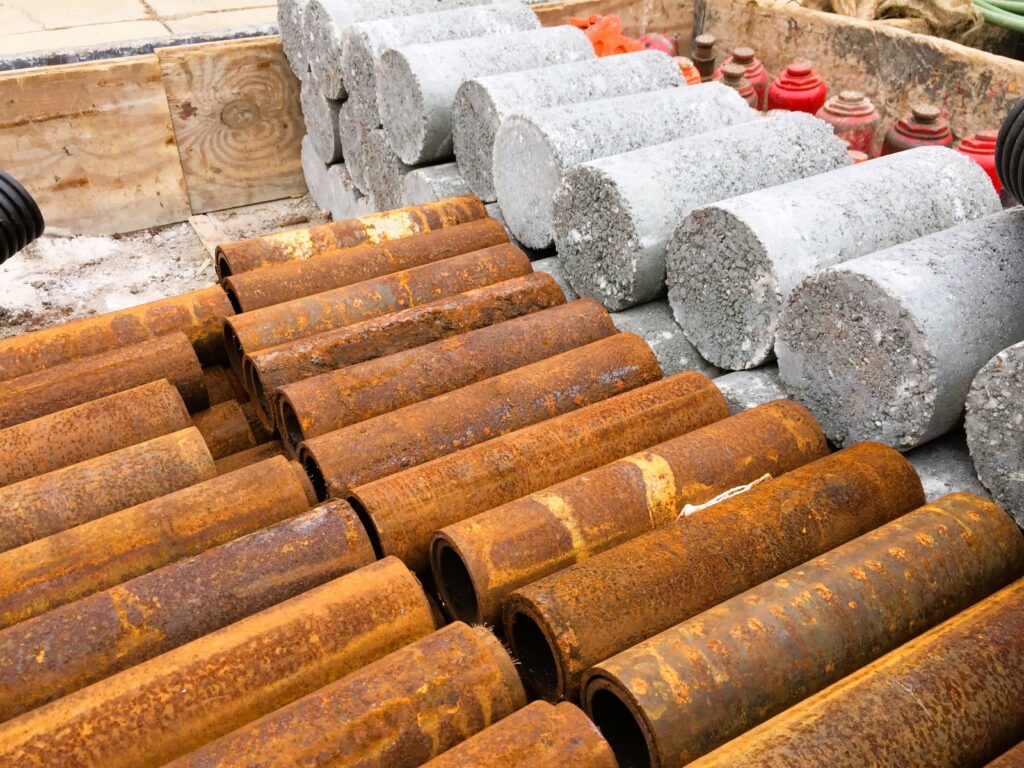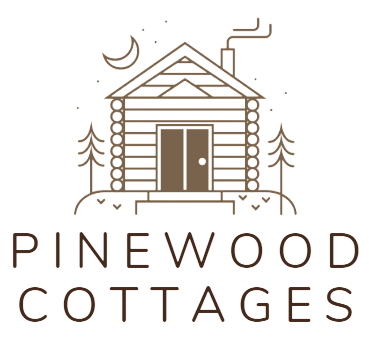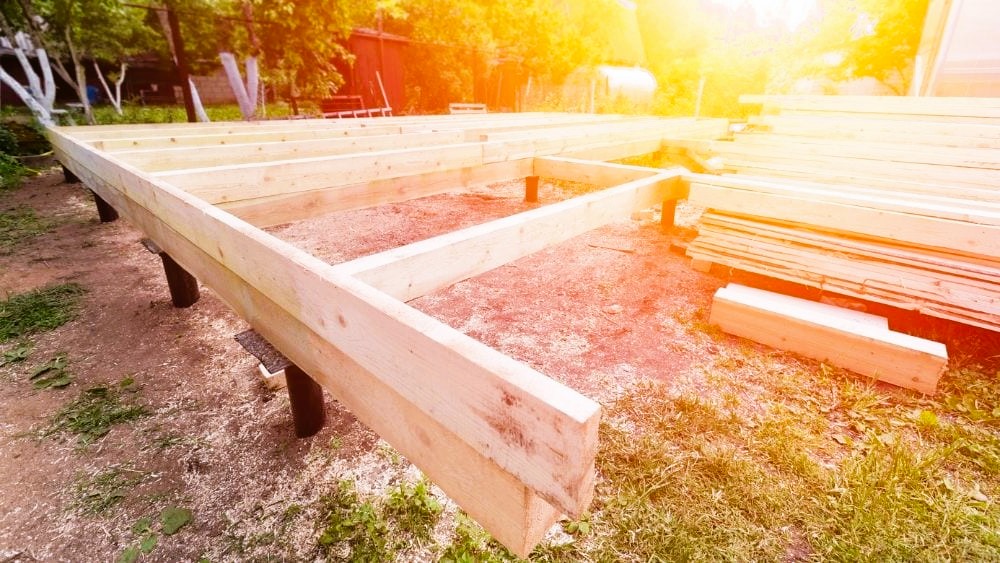The foundation is the bedrock of any cottage, providing stability, support, and protection against the elements. When it comes to cottage construction, one of the fundamental decisions you’ll make is choosing the type of foundation that suits your needs and the conditions of your cottage location. In this article, we will explore three common foundation types for cottages: piles, piers, and slabs. Each option has its advantages and considerations, and making the right choice is crucial for the long-term integrity of your cottage.
Piles: Lifting Your Cottage Above It All
Pile foundations are an excellent choice for cottages built in areas prone to flooding, on uneven terrain, or in regions with high water tables. This foundation type involves driving piles—long, slender columns—deep into the ground until they reach stable soil or bedrock. The cottage is then constructed atop these piles.
Pros of Pile Foundations:
- Flood Protection: Pile foundations elevate your cottage above potential floodwaters, protecting it from damage during high water events.
- Slope Adaptability: Piles can be used on sloping or uneven terrain, allowing for construction on challenging landscapes.
- Stability: When driven into stable soil or bedrock, pile foundations provide excellent stability and load-bearing capacity.

Cons of Pile Foundations:
- Cost: Pile foundations can be more expensive due to the materials and labor required for installation.
- Limited Insulation Space: Elevated cottages may have limited space for insulation and utilities beneath the structure.
- Visual Impact: Some may find the visible presence of piles beneath the cottage less aesthetically pleasing.
Piers: A Balance of Elevation and Accessibility
Pier foundations strike a balance between elevation and accessibility. They consist of a series of vertical piers, typically made of wood or concrete, placed strategically beneath the cottage’s perimeter. These piers provide support and elevation, raising the cottage above the ground while maintaining an open space beneath. The safety of the cottage in Canada, more on the link.
Pros of Pier Foundations:
- Elevation: Pier foundations elevate the cottage above ground level, reducing the risk of flooding and moisture damage.
- Ventilation: The space beneath the cottage allows for ventilation, preventing moisture buildup and minimizing the risk of mold and rot.
- Accessibility: Crawl spaces created by pier foundations can provide access for utilities, maintenance, and inspections.
Cons of Pier Foundations:
- Maintenance: Pier foundations require ongoing maintenance, including checking and adjusting piers as needed.
- Limited Insulation Space: Similar to pile foundations, the space beneath the cottage may limit insulation options.
- Aesthetics: Some may find the visible piers beneath the cottage less aesthetically pleasing.
Slabs: A Solid Foundation for Simplicity
Slab foundations are the simplest and most cost-effective option. They consist of a single, continuous concrete slab poured directly onto the ground. This foundation type is common for cottages built on level terrain with stable soil conditions.
Pros of Slab Foundations:
- Cost: Slab foundations are typically the most cost-effective option, requiring fewer materials and less labor.
- Accessibility: Cottages with slab foundations are typically easy to access, making them suitable for all ages.
- Energy Efficiency: Slab foundations can provide excellent insulation when combined with proper construction techniques.
Cons of Slab Foundations:

- Vulnerability to Moisture: Without proper insulation and moisture control, slab foundations can be susceptible to moisture issues.
- Limited Elevation: Slab foundations offer no elevation, which can be a disadvantage in flood-prone areas.
- Limited Space: Slabs provide no crawl space, limiting access for utilities and repairs.
Choosing the Right Foundation for Your Cottage
The choice of foundation for your cottage should be based on several factors, including:
- Cottage Location: Consider the terrain, elevation, and flood risk of your cottage’s location.
- Budget: Determine your budget for both construction and long-term maintenance.
- Aesthetics: Think about the visual impact of the foundation type on your cottage’s overall appearance.
- Accessibility: Consider the ease of access for maintenance and utilities.
- Climate: Factor in the local climate and the need for insulation and moisture control.
It’s also essential to consult local building codes and regulations to ensure that your chosen foundation type complies with local requirements.
For comprehensive information on building standards and codes in Canada, including those related to cottage foundations, you can refer to the official website of the Government of Canada. Additionally, you can explore Wikipedia’s article on Building Codes for insights into construction standards.

